Personnel
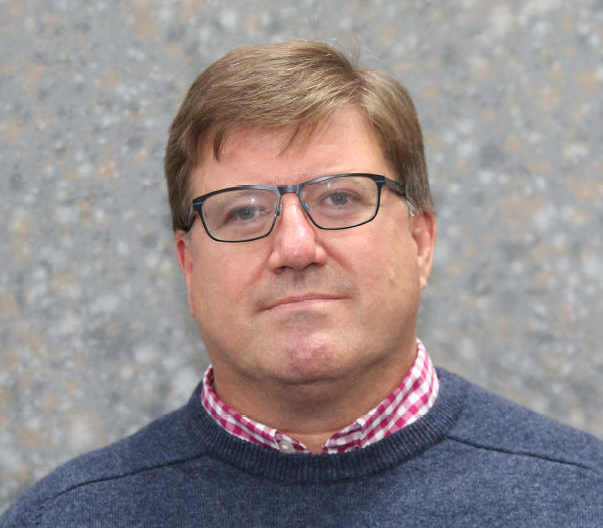
Professor Damian Hampshire
EMAIL: [email protected]
Damian Hampshire is a Professor of Physics at Durham University working on superconductivity in high magnetic fields for MRI, accelerator and fusion energy applications.
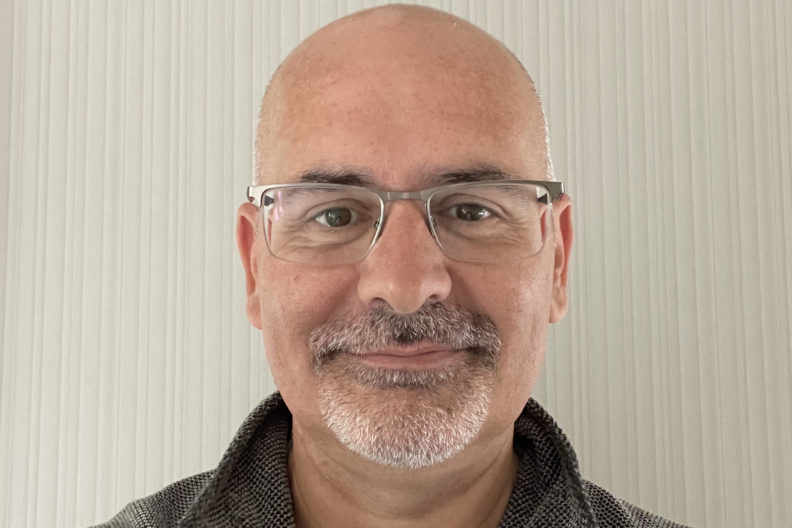
Dr Mark J Raine
EMAIL: [email protected]
Mark is Chief Experimental Officer in the Physics Department and head of the ITER laboratory in Durham. This is the standards laboratory for the European contribution to the International Thermonuclear Experimental Reactor (ITER) project being built in Cadarache, Southern France. In early 2011 Durham University signed a contract with Fusion for Energy (F4E – the Domestic Agency responsible for Europe’s contribution to ITER) to provide characterisation data from seven types of measurement on up to 2000 Nb3Sn superconducting strands earmarked for inclusion in ITER’s toroidal field magnets. Additionally, the laboratory was given responsibility for preparing and measuring Witness samples (used to quality check the heat-treatments of the toroidal field pancake coils) and provide a suite of measurements on NbTi strands being used to make one of the poloidal field coils (PF6). To date, over 13000 measurements have been made. In conjunction with this work for F4E the laboratory has also provided specialist high-field, high-current, measurements on different types of superconductors – including Rutherford cables – to the wider scientific and industrial community.
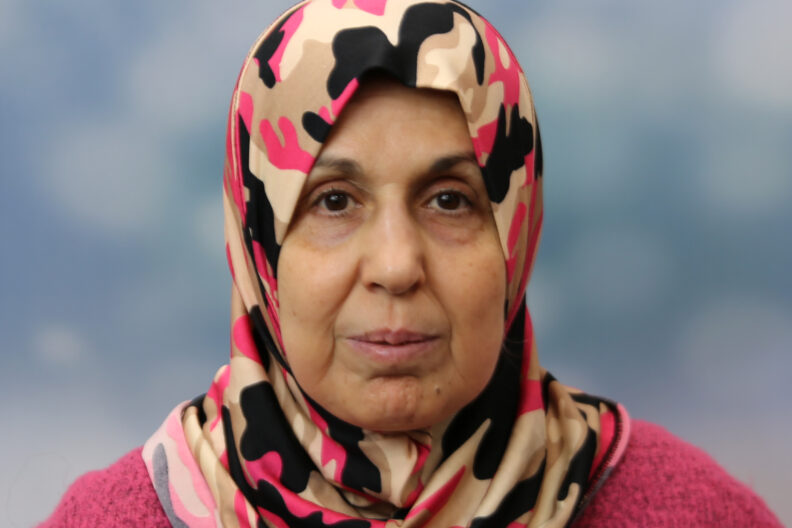
Professor Rifa AlKhozondar
EMAIL: [email protected]
Rifa is a senior visiting research fellow in the group. She is a computational physicist with world-class experience in the Monte-Carlo Potts modelling of the ripening of grain structures and the atomic diffusive properties near grain boundaries. She is bringing together her expertise with the expertise in Durham in Time-Dependent Ginzburg-Landau theory, to model Josephson-junctions with rough surfaces. In this project, we intend to calculate the ultimate critical current density that superconductors can carry in real systems in high magnetic fields.

Bradley Din
EMAIL: [email protected]
Brad is a postgraduate student at Durham, joining the group in October 2019. He is a member of the EPSRC Centre for Doctoral Training in the Science and Technology of Fusion Energy, based in the York Plasma Institute. Currently, he is investigating the mechanism that determines the critical current density in high field polycrystalline superconductors using computational simulations based on time-dependent Ginzburg-Landau theory. This work has importance in optimising the critical current density of superconductors in high field technological applications, such as for compact fusion energy tokamaks, where observed critical current densities are typically less than 1% of the theoretical limit.
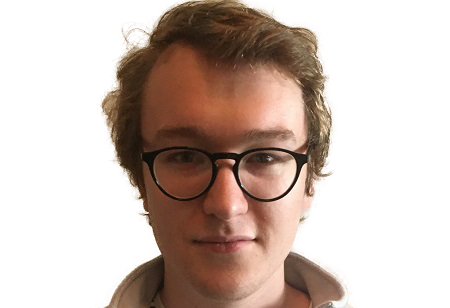
Charles Haddon
EMAIL: [email protected]
Charles started his computational PhD in October 2020 at Durham as a student on the materials strand. He is investigating the properties of irradiated superconductors in strong magnetic fields. This involves taking measurements with Culham’s new 13 T PPMS, as well as computational modelling using the time-dependent Ginzburg-Landau theory. Superconducting coils in tokamaks will experience significant fluences of both fast neutrons and gamma rays, and so understanding how this affects their performance will inform future design. Prior to arriving in Durham, Charles spent 4 years at the University of Birmingham earning an M.Sci. in Theoretical Physics.

Rollo Hutson
EMAIL: [email protected]
Rollo started his experimental PhD in Durham’s Superconductivity Group in Oct 2021, supervised by Professor Damian Hampshire, as part of the EPSRC’s Fusion CDT, having finished a master’s degree in Engineering at Durham University and worked in industry for two years.
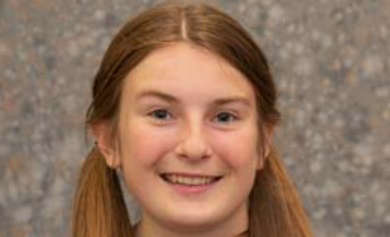
Emma Gillard
EMAIL: [email protected]
Emma began her experimental PhD in October 2021 with the Superconductivity Group at Durham University under the supervision of Profs. Damian Hampshire and Elizabeth Bromley. During her PhD she will be part of the EPSRC Centre for Doctoral Training in the Science and Technology of Fusion Energy, based in York. This is a training programme that involves five different universities across the UK and provides general teaching of the physics behind energy generation by fusion.

Daniel Scobbie
EMAIL: [email protected]
Daniel began his experimental PhD in the superconductivity group in 2022. His work focuses on the effect of biaxial strains on the critical current density in HTS tapes in high magnetic fields at cryogenic temperatures. This work is of importance for the design of HTS magnets for fusion tokamaks, which experience large complex strains during operation due to high Lorentz forces and differential thermal contractions. Daniel is also a member of the Fusion CDT, which brings together students working on fusion related projects across five UK universities and provides a broad training in the field of nuclear fusion.
